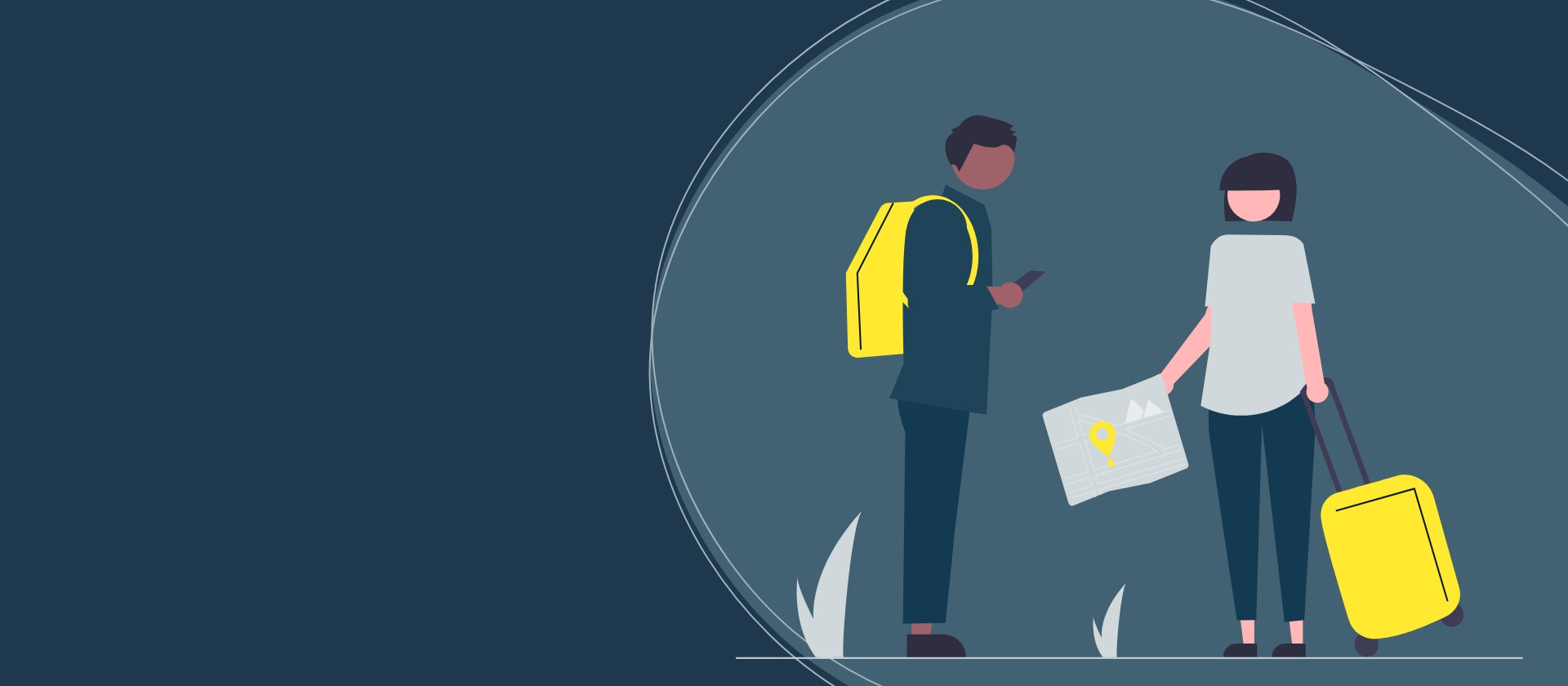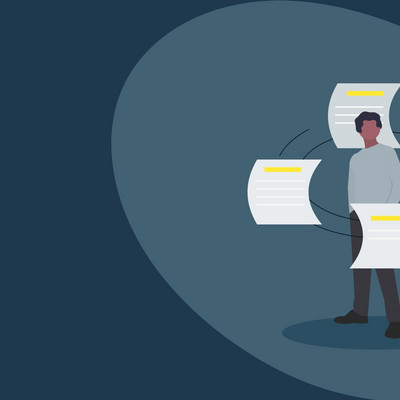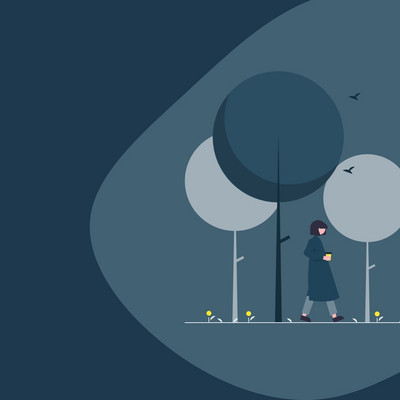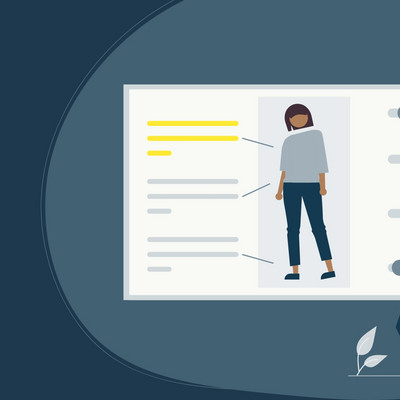The customer journey is an essential component of successful business strategies in both B2B and B2C. But how does the B2B customer journey differ from the B2C one? In this article, we take a closer look at the special features of the B2B customer journey and show you how you can optimize it for your customers.
The customer journey describes the process that companies go through when they buy products or services from other companies. In contrast to the B2C sector, where decisions are usually made by individuals, B2B processes usually involve several people who have different requirements for the offers and providers, all of which must be met. The journey from initial research to finalizing a purchase can therefore be significantly longer and more complex.
The decision to choose a solution in the B2B sector depends not only on price and availability, but also on numerous other factors such as long-term profitability, integration options with existing systems and trust in the provider.
Important differences between B2B and B2C customer journeys
While the phases of the customer journey are the same in both areas, there are significant differences in practice:
In the B2C sector, purchasing decisions are often made spontaneously or after relatively brief consideration. A classic example: buying a new smartphone. Emotional aspects such as brand and design play a major role here - above all, a product has to be appealing. In B2B, on the other hand, the processes are much longer. A company that wants to introduce a new ERP system, for example, usually takes months to make a decision - which is understandable, as the investment here is also significantly larger. Various offers are therefore obtained, carefully compared, internal coordination carried out and perhaps even run through test phases before a final decision is made.
While in B2C one person usually makes decisions alone, several people and departments are usually involved in B2B purchasing processes - from IT to purchasing to management. They all have different interests and requirements for the product, service and provider, which further prolongs the decision-making process. The challenge for companies with a B2B focus is therefore to pick up all relevant buyer personas and address their specific needs.
While emotional buying impulses often play a role in B2C, communication in B2B must be clearly focused on the facts and the benefits for the company. Decision-makers in B2B are looking for solutions that help them to work more efficiently, reduce costs or improve the quality of their own products. A personalized and technically sound approach is essential here.
The most important touchpoints of the B2B customer journey
Along the B2B customer journey, there are several so-called touchpoints that are of particular importance. Some of them are very different from those in the B2C sector. If you want to optimize your customers' customer journey, you should know these phases in detail and offer targeted added value at each of these points.
Research phase:
Before B2B customers make a purchase decision, they usually carry out intensive research. Online research, specialist articles, white papers and project reports play a key role here. Depending on the industry, trade fairs and events can also be decisive. As a provider, you have the opportunity to attract the attention of potential customers with high-quality content. A clearly structured B2B customer journey map helps you to approach this phase strategically.
Making contact:
Once potential customers have made a selection of possible providers, direct contact is made. This can be done by filling out a form on the website, a phone call or even a personal meeting at a trade fair or event. The important thing here is to respond quickly and competently in order to make a positive first impression.
Negotiations and offers:
In the B2B sector, detailed negotiations often take place. Price, contract terms, delivery times and service levels are discussed. Trust plays a major role here. Transparent and collaborative communication is crucial to convince potential customers of your solution.
After-sales service:
In B2B, the customer journey does not end with the purchase. Customers expect long-term cooperation and comprehensive support. Good after-sales service is an important touchpoint for retaining customers in the long term and potentially even offering additional products or services.
Conclusion
The B2B customer journey is significantly more complex and multi-layered than the B2C customer journey. To be successful, companies need to identify the right touchpoints where they can pick up their customers with relevant information and clear added value. It is particularly important to understand the decision-making process of B2B customers and to demonstrate trust and competence along this journey. Companies that regularly analyze and optimize their customer journey create long-term relationships and increase their success in the B2B environment.




